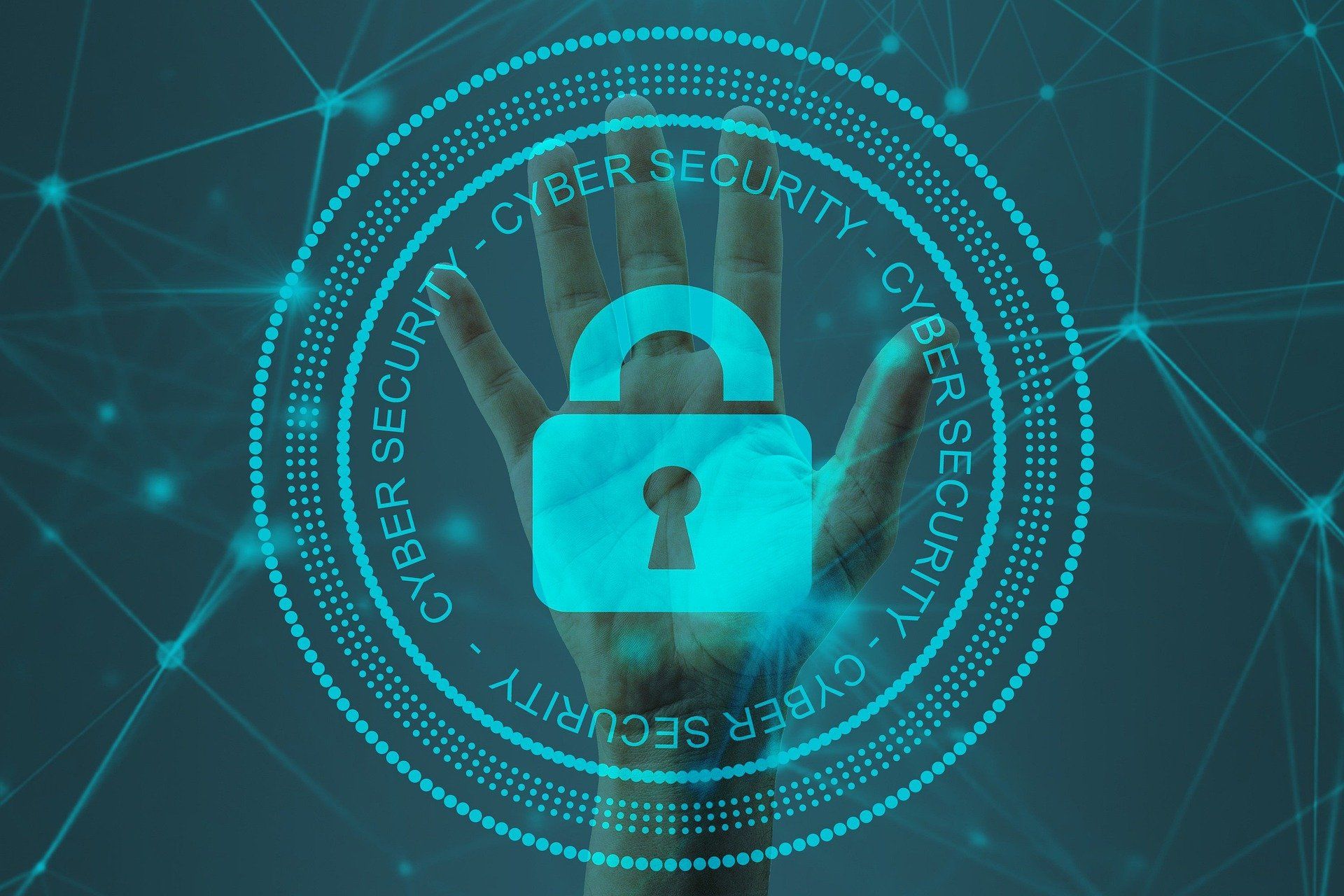In an increasingly digitized world, where the exchange of information flows seamlessly across borders, the
threat of cyberattacks
looms large. As cyber criminals become more sophisticated, the need to fortify our digital infrastructure becomes more pressing. One potent solution lies in the
synergy between public and private sectors
. Through enhanced partnerships between government bodies and private entities, we can build a resilient cybersecurity framework capable of defending against ever-evolving threats.
The Current Cybersecurity Landscape
Today’s cybersecurity landscape is characterized by rapidly evolving threats that challenge traditional defense mechanisms. Cyberattacks are no longer limited to isolated incidents but have morphed into organized crimes, state-sponsored attacks, and espionage. The consequences are immense, impacting not just individual organizations but also national security, the economy, and societal stability.
On the frontline of this battle are both public entities and private companies. Governments are responsible for creating policies and regulations to safeguard national interests, while private companies control vast amounts of personal and proprietary data. Both have unique strengths that, when combined, can form a formidable defense against cyber threats.
Benefits of Public-Private Partnerships in Cybersecurity
To harness the full potential of public-private partnerships in cybersecurity, it’s essential to understand their inherent benefits:
-
Shared Intelligence:
One of the most significant advantages of public-private partnerships is the ability to share intelligence about emerging threats. By collaborating, entities can offer insights and findings that can lead to a collective defense strategy, minimizing gaps in security coverage. -
Enhanced Resources:
Governments can provide oversight, regulatory guidance, and additional resources, while private companies can offer technological innovation, agility, and expertise. Pooling resources leads to enhanced capability in tackling cybersecurity issues. -
Standardized Protocols:
Establishing industry standards for cybersecurity through collaboration helps ensure a unified approach. This standardization not only improves defense mechanisms but also grants smaller organizations access to best practices and advanced defense technologies they might not otherwise afford. -
Rapid Response:
In the wake of cyber incidents, having pre-established partnerships allows for a swift and coordinated response. This speed can significantly mitigate the damage of an attack. -
Education and Training:
Public-private collaborations often result in joint educational initiatives, enhancing the skills of the cybersecurity workforce and increasing awareness of potential threats among the general public.
Challenges in Forming Effective Partnerships
While the concept of public-private partnerships in cybersecurity is appealing, challenges must be addressed to ensure their effectiveness:
-
Trust Issues:
Sharing sensitive information can be difficult when there’s a lack of trust between parties. Both sectors must work to build and maintain trust to facilitate open communication and data sharing. -
Lack of Common Goals:
Public and private entities may have different objectives when it comes to cybersecurity. Aligning goals and priorities is crucial to forming an effective partnership. -
Bureaucratic Hurdles:
Government operations can sometimes be hindered by red tape, affecting the speed of decision-making and implementation of joint initiatives. -
Data Privacy Concerns:
With the sharing of data comes the responsibility of safeguarding it. Clear guidelines and protocols need to be established to protect privacy and comply with regulations like GDPR or CCPA.
Successful Models of Public-Private Partnerships
Despite these challenges, there are successful models around the world that demonstrate the power of effective public-private partnerships. One such example is the United States’ National Cybersecurity and Communications Integration Center (NCCIC). It functions as a collaborative hub, integrating intelligence and providing real-time assistance to both public and private sectors.
Another exemplary model is the UK’s National Cyber Security Centre (NCSC), which actively collaborates with businesses and critical infrastructure providers to mitigate risks and respond to incidents.
Key Takeaways from Successful Partnerships
These successful models share common characteristics that can serve as a template for future collaborations:
-
Open Communication Channels:
They prioritize establishing robust communication channels to enable rapid information exchange. -
Joint Exercises:
Regular cyber drills and exercises help evaluate the efficacy of cooperation and prepare stakeholders for real-world scenarios. -
Inclusive Participation:
Encouraging participation from diverse sectors ensures that the partnership benefits from a wide range of perspectives and expertise. -
Continuous Evaluation:
They constantly assess and refine their strategies to adapt to new threats and improve their defense mechanisms.
The Path Forward
As cyber threats become more intricate and pervasive, the importance of strong public-private partnerships cannot be overstated. To reinforce these partnerships, both sectors must commit to
building trust, aligning goals
, and
embracing innovation
. Here are some strategic steps to enhance these collaborations:
-
Foster a Culture of Collaboration:
Encourage regular meetings, workshops, and joint initiatives to build rapport and trust between sectors. -
Leverage Technology:
Utilize cutting-edge technologies like artificial intelligence, machine learning, and blockchain to develop advanced cybersecurity solutions. -
Streamline Regulatory Processes:
Simplifying regulatory processes can facilitate quicker decision-making and more agile responses to cyber threats. -
Invest in Education and Research:
Funding research and training programs will ensure a skilled workforce capable of tackling future cybersecurity challenges.
Ultimately, the resilience of our digital infrastructure hinges on the strength of these partnerships. By working together towards a common goal, the public and private sectors can safeguard the digital realm, protecting individuals, businesses, and national interests from the looming threat of cyberattacks.
Subscribe to keep reading
It’s a subscribers only post. Subscribe to get access to the rest of this post and other subscriber-only content.







